From Mises.org:
A Tale of Two Colonies
Mises Daily: Thursday, November 25, 2010 by Gary Galles
At Thanksgiving, Americans recall their blessings around bountiful meals, with imagery going back to the Pilgrims, especially Plymouth Colony's 1623 Thanksgiving. But little attention is paid to what allows that bounty to be created — capitalism — though Jamestown and Plymouth both illustrate that lesson.
Reflections restricted to our current bounty ignore that most colonists in both Jamestown and Plymouth starved under their initial communal-property rights. Then, when private-property rights were established, starvation gave way to increasing prosperity in both colonies.
In Jamestown, colonists were indentured servants whose first seven years' output was to go into a common pool. In Plymouth, all accumulated wealth was to be held in common, against colonists' objections, by sponsors worried they could not otherwise collect on their distant investment. In both places, the fruits of people's efforts went to others, with disastrous results.
Sixty-six of Jamestown's initial 104 colonists died within six months, most from famine. Only 60 out of 500 arrivals two years later survived that long. The consequences of this "starving time" included cannibalism. Plymouth's first colonists fared little better, with only about half surviving six months. Some, in desperation, sold their clothes and blankets to, or became servants of, Indians.
Common property's disincentives produced terrible results in both colonies. Shirking was so severe at Jamestown that Thomas Dale noted that much of the survivors' time was devoted to playing rather than working, despite the threat of starvation. Plymouth Governor William Bradford noted that "this community of property was found to breed much … discontentment and retard much employment that would have been to their benefit and comfort," even despite the use of whipping to limit shirking, with results described as "injustice" and "a kind of slavery."
In response, both Jamestown and Plymouth moved to systems where people could produce for their own benefit.
In Jamestown, each man was given three acres of land, in exchange for a lump-sum tax of two and a half barrels of corn, and communal work was limited to one month (not during planting or harvest). In addition to creating private property, this made the marginal tax rate on most of colonists' efforts zero, turning indolence into industry. Rather than starving, they became exporters of corn to the Indians.
In Plymouth, Governor Bradford observed that since
their victuals were spent … they began to think how they might raise as much corn as they could, and obtain a better crop … that they might not still thus languish in misery … the Governor gave way that they should set corn every man for his own particular … And so assigned to every family a parcel of land.
Bradford also described the consequences:
This had very good success, for it made all hands very industrious, so as much more corn was planted than otherwise would have been by any means the Governor or any other could use … and gave far better content.
$14
The change from communal- to private-property rights dramatically increased the Pilgrims' productivity. The beginnings of that productivity led to the bounty celebrated at Plymouth's famous 1623 Thanksgiving. And as historian Russell Kirk reported, "never again were the Pilgrims short of food."
Modern Americans celebrate their remarkable prosperity on Thanksgiving. But we are woefully uninformed about the ultimate source of that prosperity — the capitalist system, which rewards each person's productivity more fully than any other social system. In that ignorance, we demand a cornucopia of laws and regulations that increasingly throttle the private-property rights that are its essential foundation. Therefore, we must relearn the history lesson taught by America's first successful colonies — that if we continue to choke off our engine of prosperity, future Thanksgivings will give us far less to celebrate.
Gary M. Galles is a professor of economics at Pepperdine University. Send him mail. See Gary Galles's article archives.
Thursday, November 25, 2010
Subscribe to:
Post Comments (Atom)
.gif)



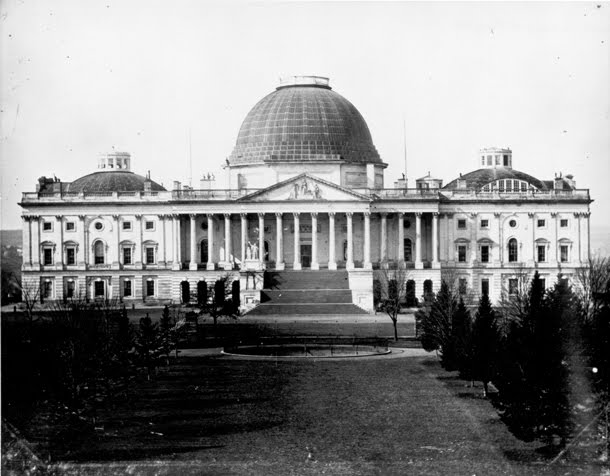









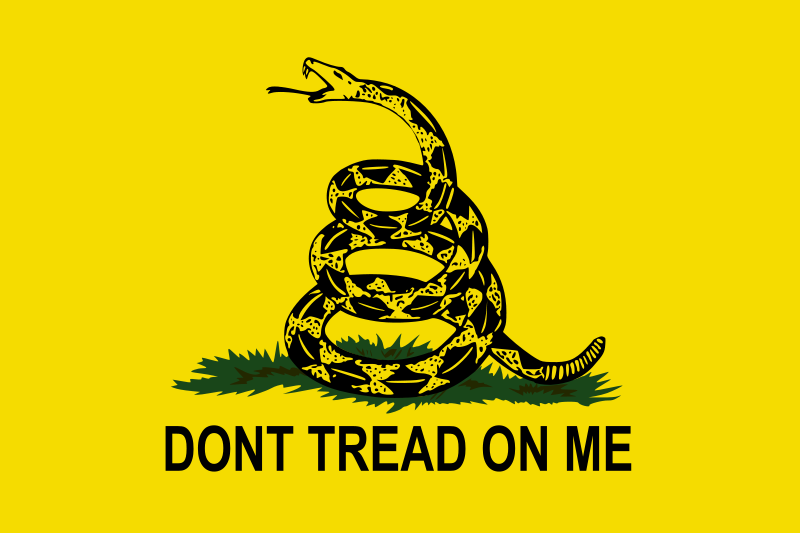
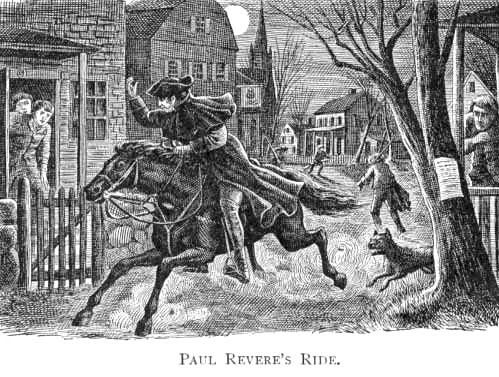

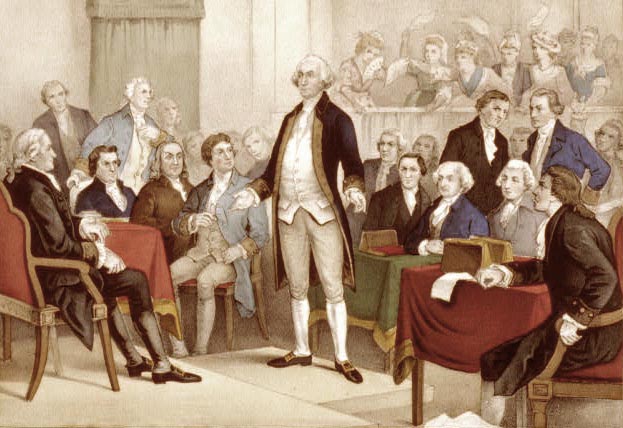

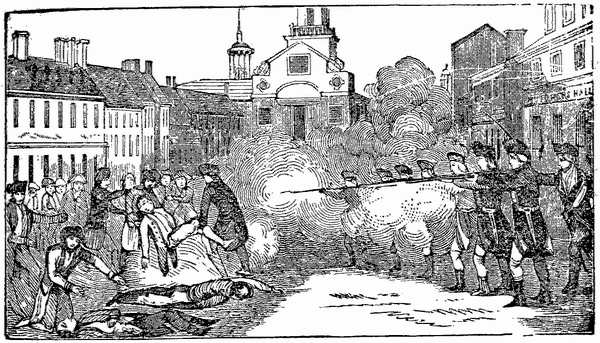
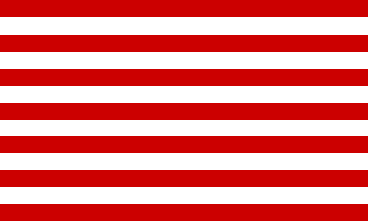
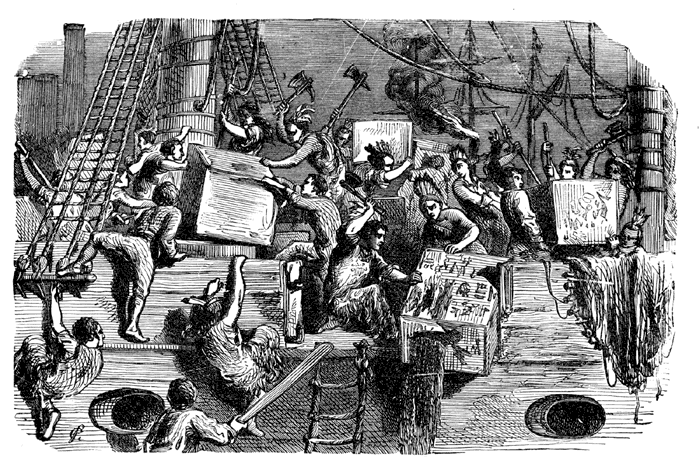




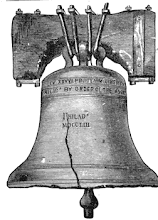




No comments:
Post a Comment